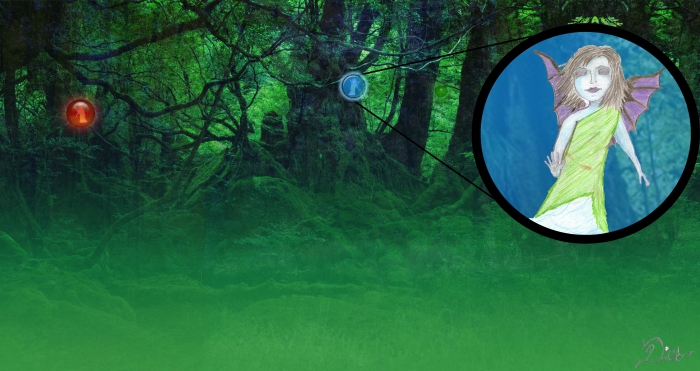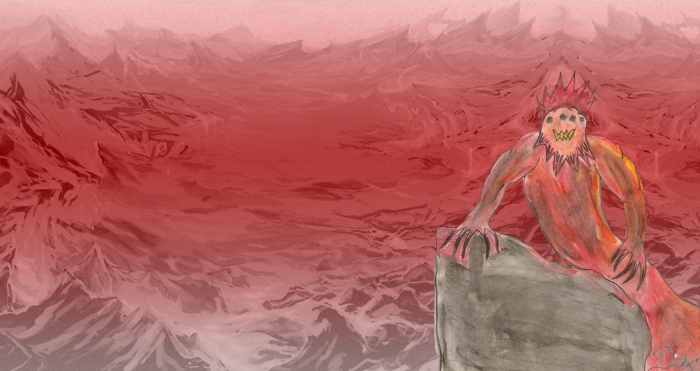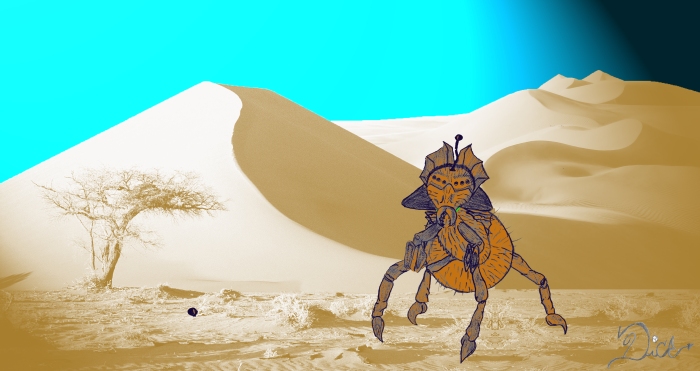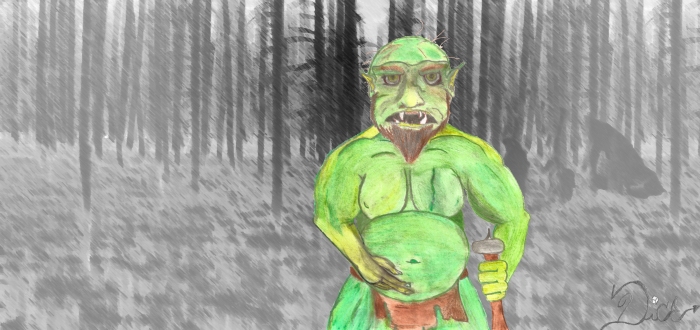Small scavenging rodents, Rotta Mii Kus, are capable of creating great mischief. The devious nature of the Rotta Mii Kus has deluded many travelers in forests throughout Farion. While their adorable appearance and civilized mannerisms may fool even the strongest of warriors, the Rotta Mii Kus only lust after treasure.
Standing on two feet with short, stubby hands and a long, thin, hairless tail, the meager, furry creatures forage clothes from their forest environment. They wear tunics and hats made from tree leaves and nutshells. Their fuzzy, round ears can hear the tiniest of noises, alerting them to imminent danger.
Greedy in nature, it is rare to see a whole community of Rotta Mii Kus. They tend to live in solitude to ensure the protection of their plunder. They feed on berries, tree nuts, and small insects but have developed a lavish taste for prepared meals and will often sneak into travelers’ camps to pillage and stash a variety of their food. Females protect their young within their nests for less than a cycle before they chase them off or allow them to adventure on their own.
Essentially independent, the Rotta Mii Kus live alone or in small numbers. They dwell in small homes made of twigs and sap constructed inside thick bushes along the forest floor. The Rotta Mii Kus carve a small, arched doorway, hidden from view, leading into their den. The crafty scavengers steal trinkets and stash their trove along the inner branches of their shrub houses.
They are extremely possessive of their cache, often battling to the death to protect it. Rotta Mii Kus are known to enjoy the thrill of battle, challenging small factions to combat, and wagering their riches to the winner. They craft armor out of tree bark, and forge miniature swords and spears from the precious metals of their booty. Rotta Mii Kus also use berries to stain the wood with powerful, vibrant designs. Excellent at crafting and concealing decoys as well as pitfall and snare traps, the creatures are extremely difficult to catch.





